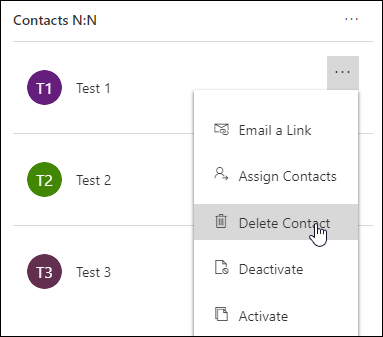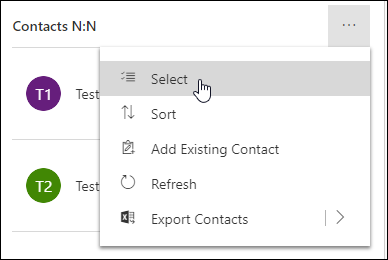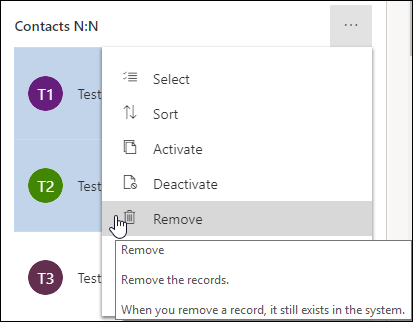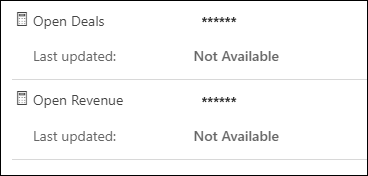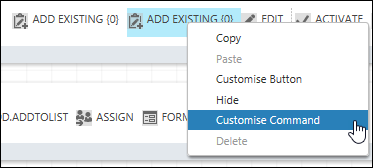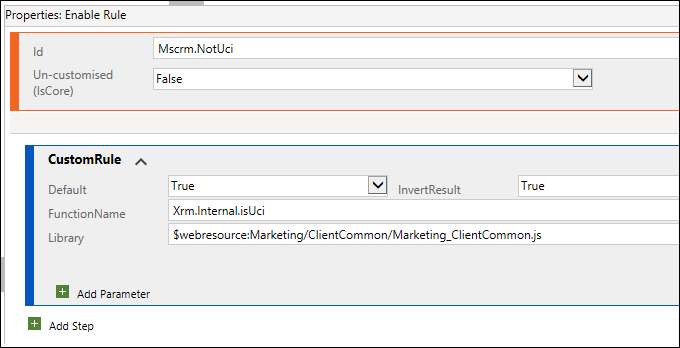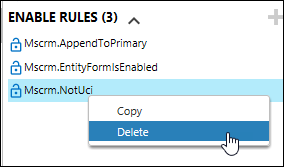I’m known to be a bit verbose but at the same time I personally like the tips that are like nuggets – small, shiny, and mostly invisible.
This tip comes from Natraj “Always Debugging” Yegnaraman (and you can send your nugget to jar@crmtipoftheday.com too!).
Add perf=true URL param in
UCIUnified Interface to display performance centre
That’s it, folks. Yes, we wrote about measuring your network and client (and in the process coining the word “insight” before it became all the vogue), we did talk about Dynamics 365/CRM monitoring and how not to turn it into a vanity exercise, and we did mention a cool shortcut to measure and troubleshoot form performance.
WAIT A MINUTE!
Pressing Alt-Shift-Q also summons the new performance centre in Unified Interface and old performance window in Classic UI. It works for the views and, unlike the old shortcut, does not close Chrome so that’s a bonus.
(Facebook and Twitter cover photo by Stefan Steinbauer on Unsplash)
 of the
of the
